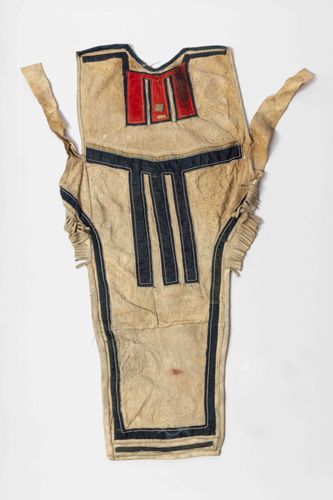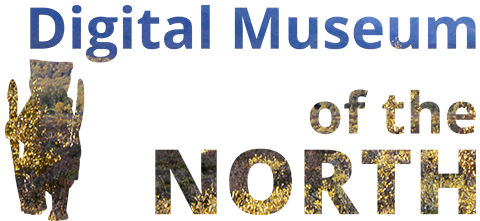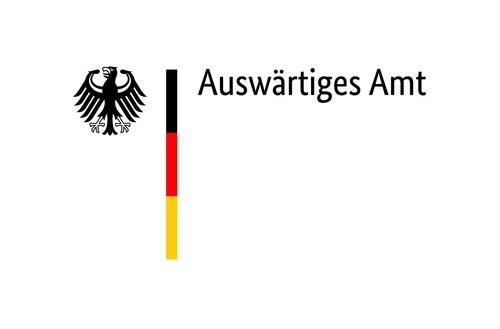Shamanism continues to shape the worldview and rituals of the Evenk people to this day, even though its practice was banned during the Soviet era and shamans were persecuted, deported, or murdered. Museum collections contain impressive shamanic robes from earlier times. The mostly metal attributes attached to them and their drums provide insight into the worldview of the Evenk people. Some figures embody helping spirits who accompanied the shaman on his journeys to the worlds beyond, where he had to explore the causes of illnesses or other misfortunes. Even today, the Evenk perform rituals for local and nature spirits at specific locations during their long migrations through the taiga.
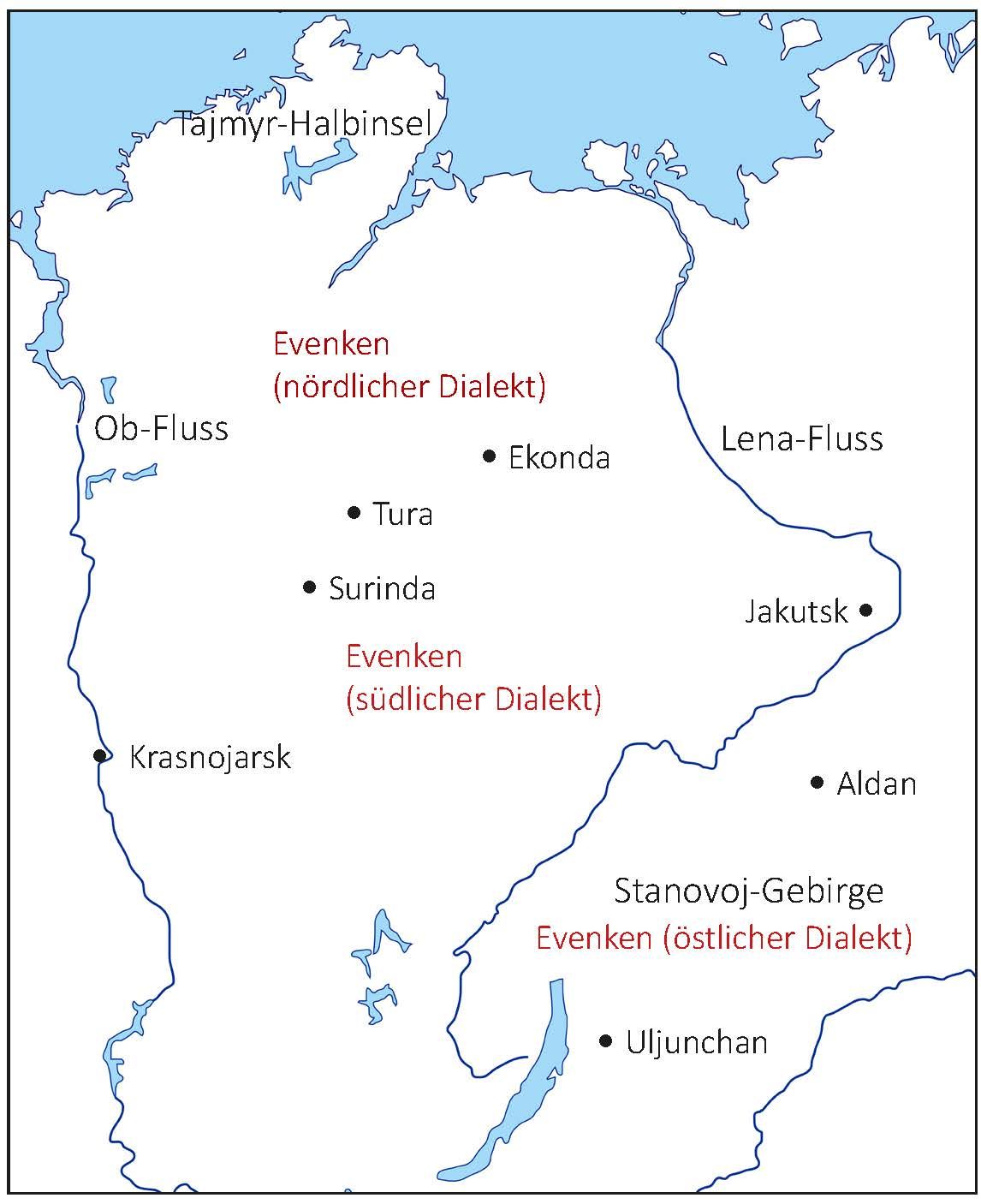
Evenk
[Self-designation эвэнкил] The Evenk are hunters, reindeer herders, horse breeders, fishermen and gatherers. They are one of the most widespread and formerly largely nomadic peoples of Eurasia. Evenk reindeer husbandry is also referred to as forest reindeer husbandry. It is characterized by small herds of usually 10 to 40 animals, which were primarily used as pack animals. In addition to Russia, there are also Evenk-speaking communities in China. The Evenk language is a Tungusic language, which, together with Mongolian and Turkish, belongs to the Altaic language family. Shamanism was particularly widespread among the Evenk.
Worldview and ritual
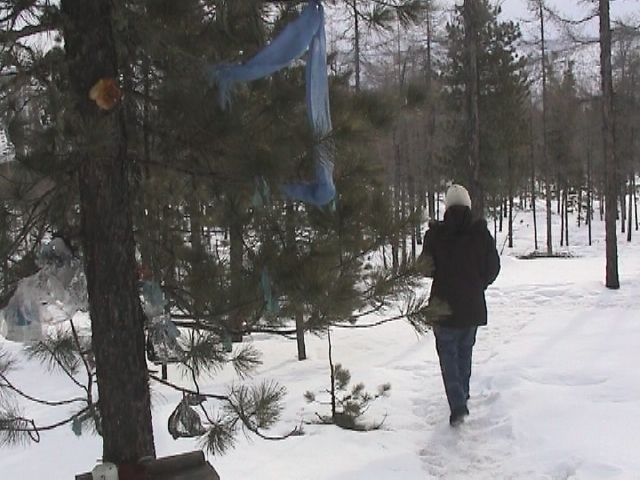
Hunting
Even after the introduction of modern firearms, the Evenk continued to use their traditional hunting and trapping equipment for a long time. This included bows and arrows and spears, which were used to hunt larger animals. Self-triggering traps, some of which are very similar to those used by other peoples in Siberia, were used especially for trapping fur-bearing animals. Skis still play an important role in hunting today, as when covered with fur, they allow the hunter to glide almost noiselessly over the snow.
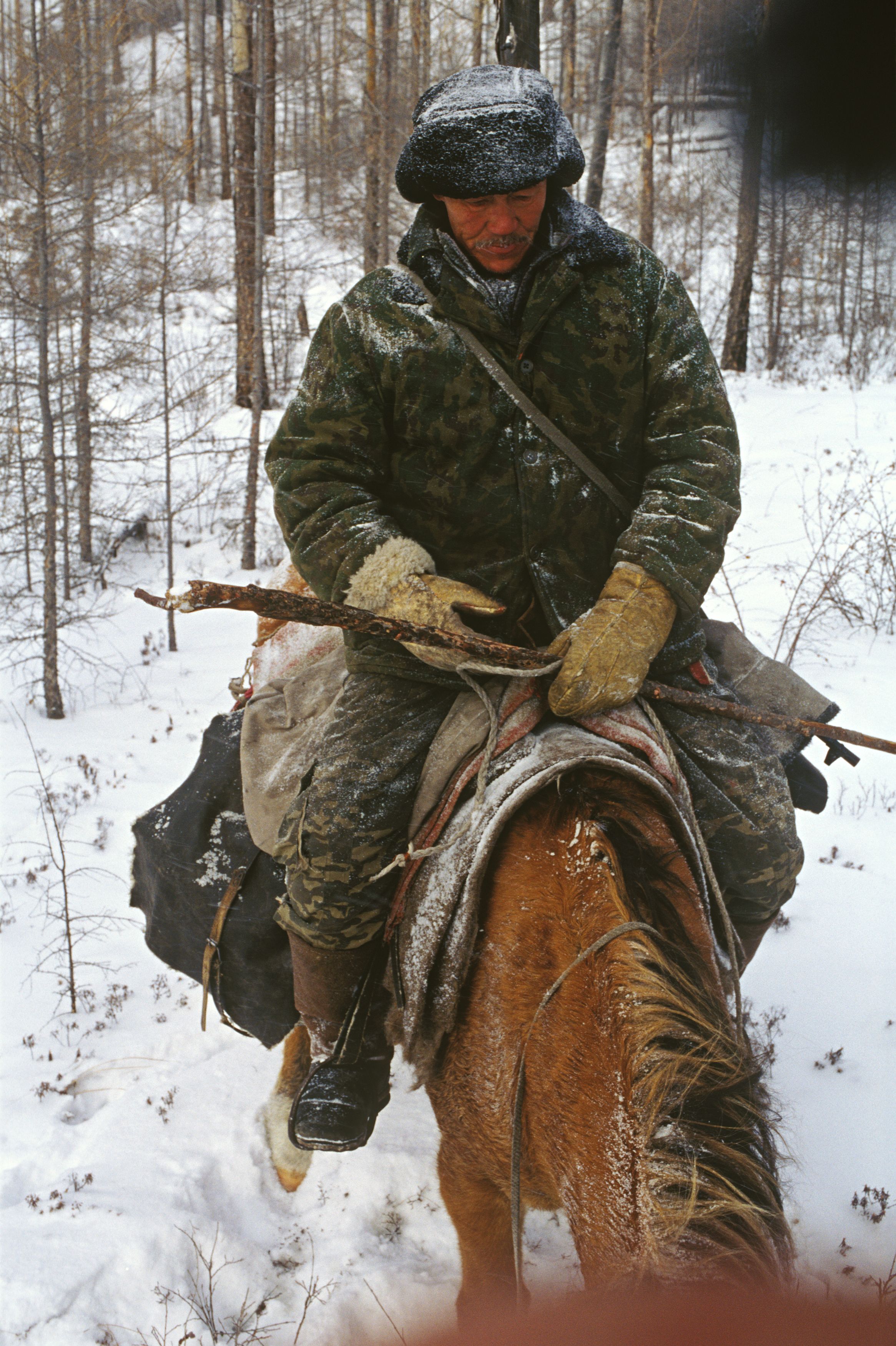
Reindeer herding
To maintain their mobility between different hunting grounds, the Evenk keep a small number of reindeer to transport equipment, which they also occasionally ride. The taiga zone, with its predominantly dense coniferous forests, is not suitable for nomadic life with large herds, as we know it from other peoples in northern tundra regions. Reindeer therefore serve less as a food source here, although the Evenk use their milk and their skins and hides for clothing.
Clothing
As with other Tungusic peoples, the clothing of the Evenk usually consists of a parka that opens at the front, under which is a mostly elaborately crafted and decorated apron made of reindeer leather. As with the clothing of the Even, embroidered motifs express family affiliations or relationships with nature. Small tufts of fur or other amulets attached to the clothing are often considered protectors against evil spirits.
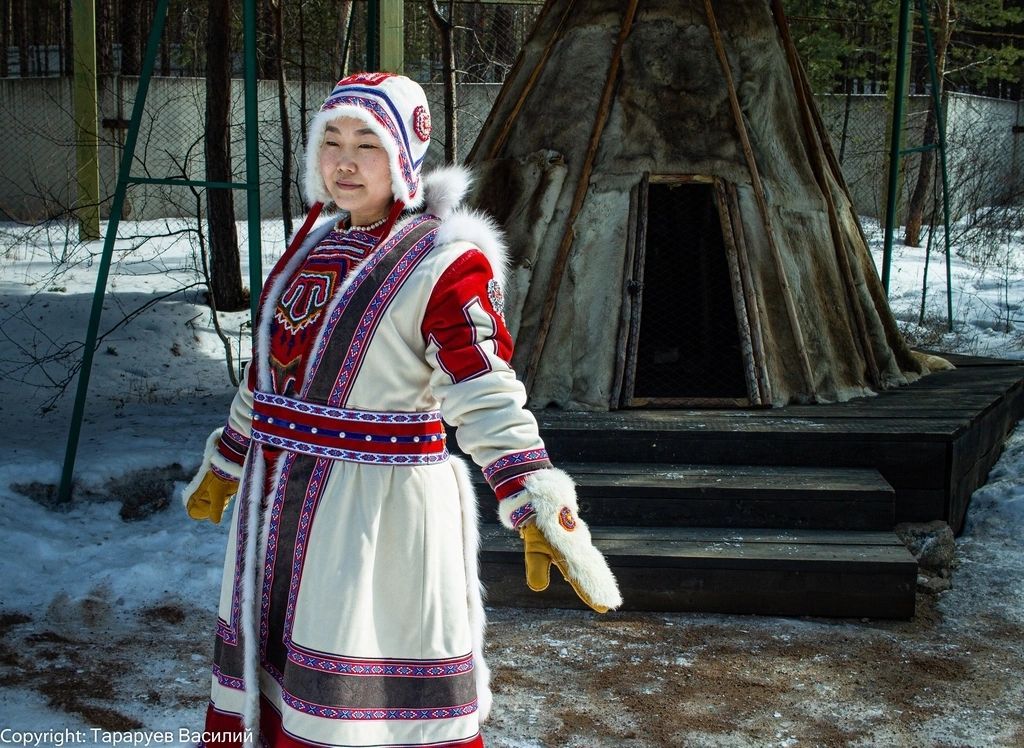
Household items
Certain household items such as bags and pouches were often made from fish skin. One bag shown here, for example, was used to make butter by filling it with milk and attaching it to a reindeer saddle, where it would swing back and forth continuously during the migration. Otherwise, small bags were particularly popular with men for storing tobacco or, in larger versions, for their tools.
Group by
Hunting
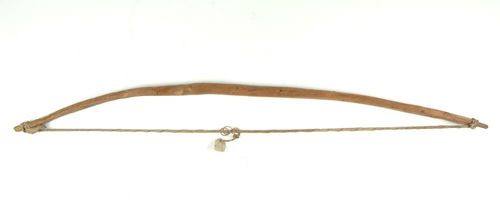
Bow
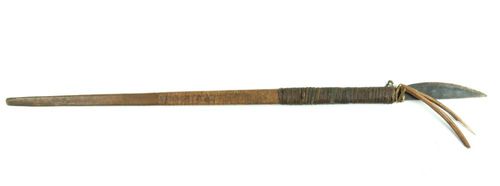
Spear
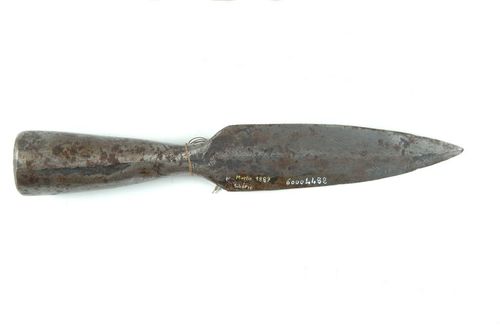
Chopper
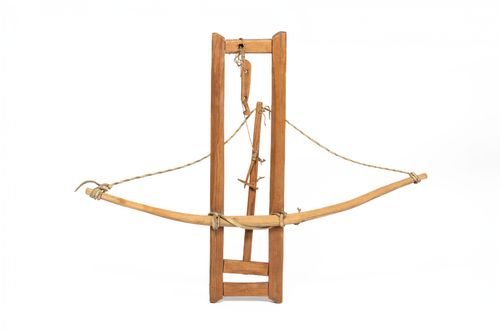
Trap
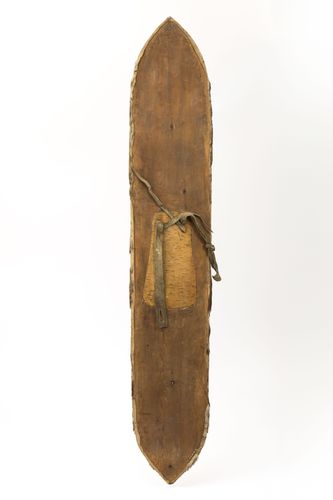
Ski
Reindeer herding
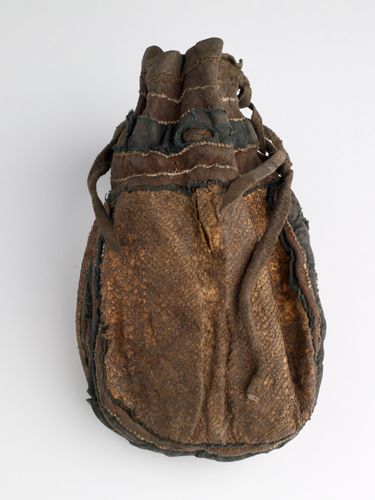
Bag
Household items
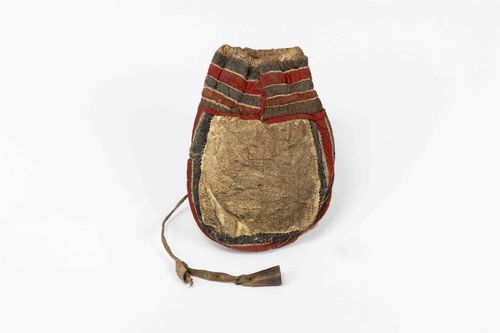
Tobacco pouch
Clothing
